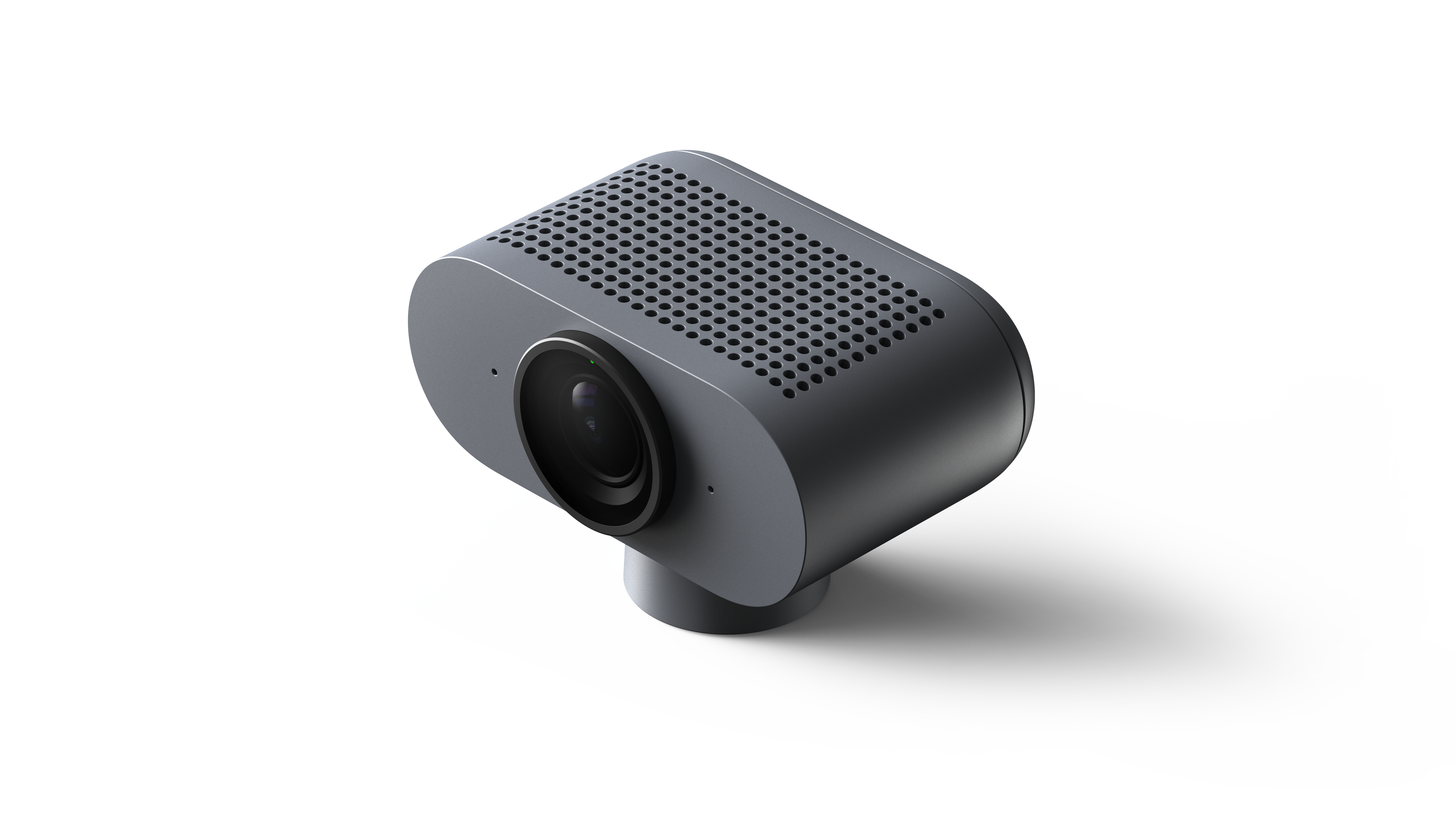Online service SoloSuit wants to help Americans who are being sued for a debt fight back using automated tools. The company, which is launching its service nationwide today at TechCrunch Disrupt Startup Battlefield, guides users through preparing a response to their lawsuit, optionally having a consumer protection attorney look over the entire document on their behalf, then handing the printing and court filing.
The idea for SoloSuit came from founder, George Simons, who had bought a car during his first year of law school and struggled to find an attorney who would help him out. That prompted the realization that there are likely millions of people across the U.S. who also can’t find attorneys to take cases for a variety of reasons. For example, they may struggle if there isn’t enough money in the case to make it worth an attorney’s while, or if the attorney they want is too busy to get on the phone, he suggests.
The area of focus SoloSuit landed on, however, was debt lawsuits. Every year, 10 million Americans get sued for debt and 9 million automatically lose because they aren’t able to figure out how to respond to those lawsuits, Simons claims. These debts could include medical debt, credit cards, auto loans, student loans, or any other unsecured debts. After a debt collector is unable to collect from the consumer, they may choose to sue for that debt instead.
With the SoloSuit web app, users can respond to these lawsuits in about 15 minutes, the startup says.
The way the process works is that when someone receives a complaint and summons in the mail, they’ll usually only have 14-30 days to respond, depending on the state, before they automatically lose their case. Often, customers will Google for information about what to do next, which is where they’ll find SoloSuit’s free online guides. These will also refer the potential customers to the web service. Here, the web app, which was demoed at Disrupt, will guide the customer through creating the response to the lawsuit and optionally pay to have an attorney review it.
Customers can either pay $15 to have the response printed and filed on their behalf, or $115 to have an attorney review it before filing.
The startup spun out of the Brigham Young University LawX legal design lab, where it was originally founded by a team of students. Simons ended up taking the reins and the other students have moved on. Currently, he is the sole founder but is expecting to hire a technical co-founder soon.
Since SoloSuit’s founding a couple of years ago, it has seen 3,000 Utah-based customers who have been sued for a combined total of $11 million in debt lawsuits. The startup believes they’ve helped around 50% of those cases get dismissed.
Today, the service will launch across all 50 U.S. states and will add the attorney review feature.







